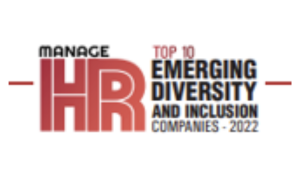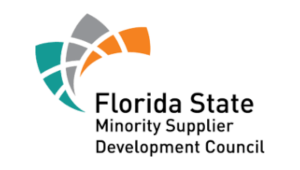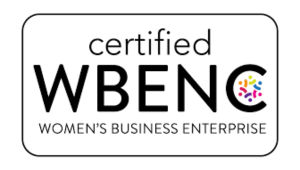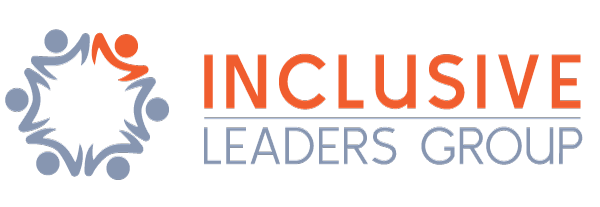I regularly get comments or questions about my Blog posts and that was the case last month with the post; How To Get Started With (or Accelerate) Diversity, Equity, & Inclusion in 2022. Two readers expressed surprise and questioned how any public company could still not have a diversity and inclusion strategy by 2022 following all the CEO commitments made following the global protests that followed the George Floyd, Ahmad Aubrey, Breonna Taylor, and other unjust murders. I explained to these subscribers that the CEOs of those organizations that remain without a DEI strategy are either unaware of, or dismissive of the business, legal, and moral rationale for a DEI strategic plan aligned with revenue and profitability goals.
Creating Belonging Cultures That Drive and Deliver Business Results Through Data
As the co-founder, CEO, and Principal Consultant of Inclusive Leaders Group LLC, I am a champion for change who supports organizations by providing strategic guidance, best practice recommendations and evidence-based solutions to optimize diversity, equity and inclusion strategies and initiatives to create belonging cultures that achieve optimal business results.
A huge part of my job is developing the business case for DEI, which is different for every company and non-profit organization, for CEOs, Boards, and Executive Teams. Often, I collaborate with the CHRO or VP, Human Resources to make the case, often having to influence positive decisions without authority on the part of the HR leader.
Countless valid and reliable studies show that by providing an inclusive environment for employees and managers who have diverse internal, external and organizational characteristics, companies set the stage for innovation and business growth.
- The World Economic Forum’s report “Diversity, Equity, and Inclusion 4.0” suggests that companies with diverse employees have “up to 20% higher rate of innovation and 19% higher innovation revenues.”
- McKinsey’s most recent report, “Diversity Wins: How inclusion matters” reports that organizations with diversity of gender are 25% more likely to be more profitable than their peers. It also shows that organizations with diversity of ethnicity are 36% more likely to be more profitable than their peers.
These studies, along with those of Deloitte, and Harvard Business Review are all that are needed to gather the data necessary to tailor the business case for a particular organization. Then, you need to self-assess your workplace to determine your action steps to convince your company’s ultimate decision-maker.
Business Case Self-Assessment Questions to Consider
- Who are your organization’s key internal and external stakeholders whose needs and concerns must be considered in your DE&I business case?
- What are your organization’s key business objectives that the DE&I business case must directly support?
- What changes are needed in your workforce to help ensure that your organization can meet its key business objectives?
- What changes are needed in your workplace (e.g., how people work together) to help ensure that your organization can meet its key business objectives?
- What changes are needed in your products and services, or in how they are produced, to help ensure that your organization can meet its key business objectives?
Business Case Action Steps
- Obtain agreement with your CEO and senior management team about the key stakeholders and business objectives.
- Define the changes needed in the areas considered by the above questions. Focus specifically on changes needed to achieve the agreed upon key business goals.
- Assess the current situation versus the changes defined in the step above to identify the gap.
- Define initiatives to close the gap. Measure the extent to which the changes are put in place.
- If your organization is global in nature, do not be satisfied with input strictly from corporate headquarters; rather, seek the counsel of all key world geographies represented in your organization.
Gaining DEI Commitment from the Top
In a global study by Russell Reynolds Associates, top directors and senior execs highlighted the CEO’s and board leader’s roles in driving DEI in the workplace. The study found that companies can only achieve real change if:
- Executives role-modeled the ideal culture by ensuring a diverse and inclusive boardroom and including critical issues on the board agenda.
- The CEO and board chairperson were aligned on DEI issues and embedded it into the business strategy.
- The CEO ensured they delivered tangible results, like meeting DEI targets across the business.
Are you looking for support in self-assessing your organization? Is your company ready to take strategic and sustainable action to become an inclusive workplace? Want to get started developing a DEI strategic plan aligned with your business goals? Contact me to schedule a needs assessment conversation at charlotte@inclusiveleadersgroup.com or use my contact form.
My next Blog post is entitled – Gaining DEI Commitment from the Top: CEO, Board of Directors, and the Executive Team and will provide insight and actionable tips for influencing executive decision-makers to act. Do not miss it!
 As CEO and Principal Consultant of Inclusive Leaders Group, LLC, Charlotte Hughes MS, CDP, SHRBP, CPLP brings a diverse background as an accomplished Workforce and Organizational Development and Diversity & Inclusion global thought leader and practitioner for several major Fortune 100 companies and one of the largest health systems in the U.S. Charlotte delivers more than 60 speeches and facilitates roughly the same number of training workshops each year.
As CEO and Principal Consultant of Inclusive Leaders Group, LLC, Charlotte Hughes MS, CDP, SHRBP, CPLP brings a diverse background as an accomplished Workforce and Organizational Development and Diversity & Inclusion global thought leader and practitioner for several major Fortune 100 companies and one of the largest health systems in the U.S. Charlotte delivers more than 60 speeches and facilitates roughly the same number of training workshops each year.








